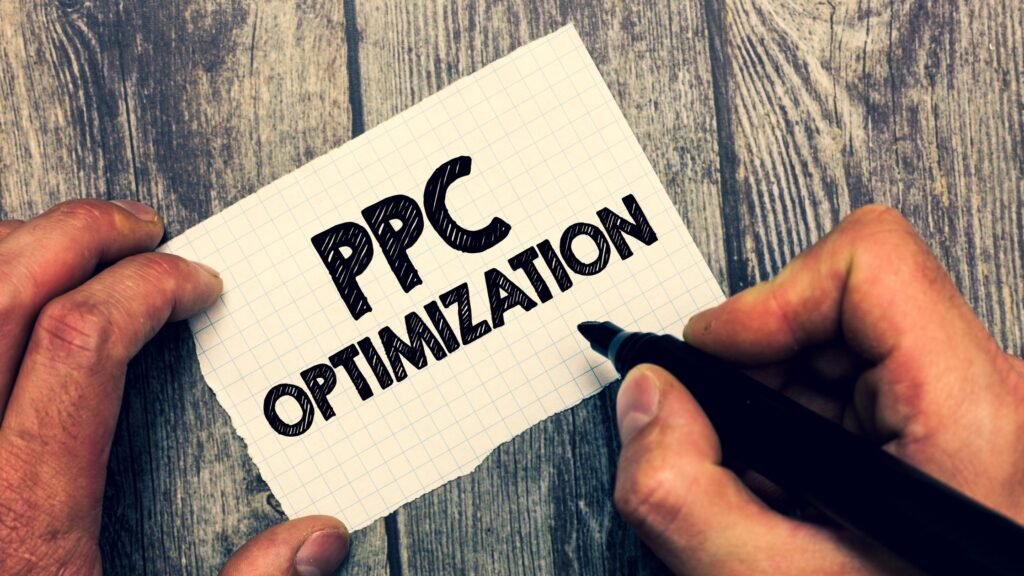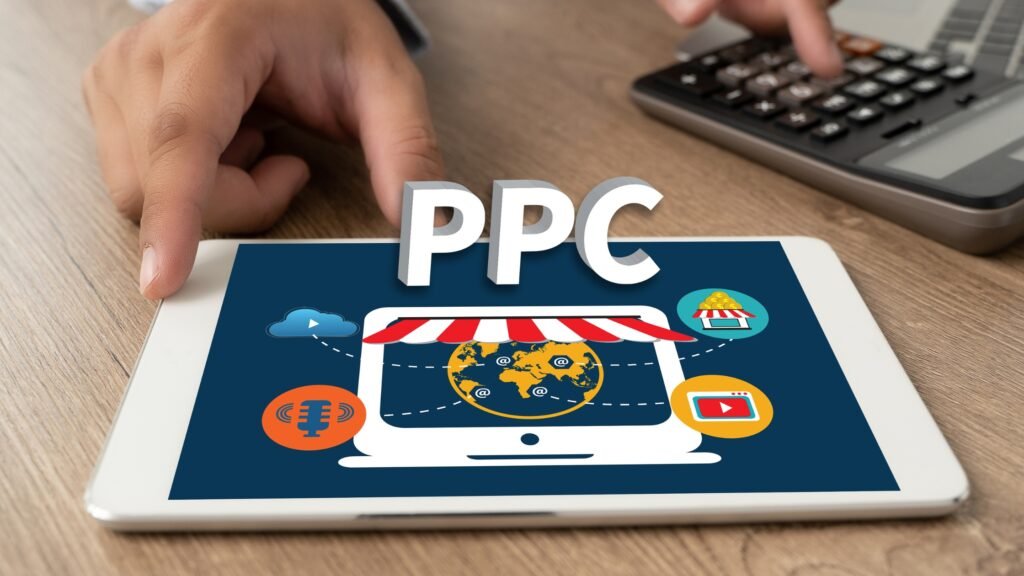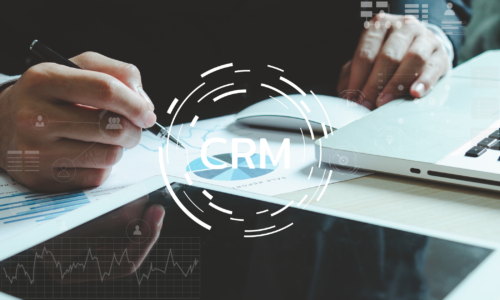Mastering PPC Optimization: A Complete Guide
- admin
- advertising, Digital Marketing Agency, Pay Per Click, PPC
- 0 Comments
Pay-per-click (PPC) advertising continues to be a reliable method for driving qualified traffic and increasing sales. But simply launching a campaign isn’t enough. Without ongoing PPC optimization, you may be paying for clicks that don’t lead to results. In a digital landscape that’s always evolving, refining your PPC strategy is key to staying competitive and profitable.
This guide outlines powerful strategies that help you make the most of your ad spend by boosting performance, lowering costs, and reaching the right audience at the right time.
What Is PPC Optimization?
PPC optimization involves continuously refining your paid advertising campaigns to improve outcomes. This includes tweaking keywords, refining ad copy, improving landing pages, and adjusting bids to generate better engagement and conversions. The purpose is simple: get more from your budget by ensuring your ads connect with the users most likely to take action.
Why You Should Prioritize PPC Optimization
Spending on ads without refining your strategy can lead to poor performance and missed opportunities. PPC optimization allows you to:
- Improve ad relevance and visibility
- Lower your cost-per-click (CPC)
- Increase conversions and leads.
- Maximize your return on ad spend (ROAS)
- Eliminate irrelevant or wasted traffic.
A well-optimized campaign makes sure every click is a step toward revenue and not just another line on an expense report.
The Metrics That Matter in PPC Campaigns
To successfully optimize your campaigns, track these key performance indicators:
- Click-through rate (CTR):
Measures how often your ad gets clicked after being seen.
- Conversion Rate:
It shows what percentage of users take the desired action.
- CPC (Cost-Per-Click):
Tells you how much you’re paying for each click.
- Quality Score:
Google’s score on your ad’s relevance and performance.
- ROAS (Return on Ad Spend):
It compares your ad revenue to your ad costs.
These metrics provide insights into how your ads perform and where you can improve.

Top 10 Strategies for PPC Optimization
1. Choose the Right Keywords
Effective campaigns begin with research. Find search terms your audience uses and prioritize those with high intent. Don’t rely on broad terms alone—mix in specific, long-tail keywords that better align with your offer.
2. Use Negative Keywords
Prevent your ads from appearing in unrelated searches. Exclude keywords that may attract users unlikely to convert. This simple step helps protect your budget and improves targeting.
3. Improve Your Ad Copy
Craft ads that speak directly to your audience’s needs while making your value proposition clear and guiding users toward action with concise, persuasive language. Continuously test different variations of ads to find the strongest performers.
4. Optimize Landing Pages
A great ad means nothing if it leads to a poor landing page. Make sure your landing pages are aligned with your ads, user-friendly, and mobile-responsive. Include clear calls to action and reduce friction at every step.
5. Adopt Smart Bidding Strategies
Automated bidding tools, such as Google’s Smart Bidding, help you manage your budget efficiently. These tools analyze performance data and adjust bids in real time to get better results.
6. Enhance Ads with Extensions
Give users more reasons to click by using ad extensions and also add some links to additional pages, including your phone number, or highlight promotions. These features increase visibility and improve click-through rates.
7. Refine Your Audience Targeting
Segment your audience based on location, device, interests, or behavior. Targeting narrower, more specific groups increases the chances of reaching people who are ready to convert.
8. Track and Analyze Phone Leads
Phone calls remain a powerful sales channel. Use tracking tools to connect phone conversions to specific ads. This information helps you understand which campaigns drive valuable leads.
9. Use Retargeting to Reconnect
Not all users convert the first time. Set up retargeting campaigns to reach users who previously interacted with your brand. Remind them of what they saw and encourage them to return and complete a purchase.
10. Test Regularly and Adjust
Consistent testing is critical. Try different headlines, CTAs, landing pages, and targeting settings. Monitor results and make data-driven decisions to improve your campaigns over time.
Helpful Tools to Support Your Optimization Efforts
To optimize effectively, leverage the right tools:
- Google Ads Keyword Planner for finding keyword ideas
- Google Analytics for tracking user behavior and conversions
- Call tracking software for connecting ads with phone leads.
- A/B testing platforms for comparing ad performance
- Competitor analysis tools like SEMrush or Ahrefs
These platforms can provide the insights needed to fine-tune your campaigns and make smarter decisions.
Common PPC Mistakes to Avoid
Even well-planned campaigns can fall short due to a few common issues:
- Sending all traffic to your homepage instead of specific landing pages
- Overlooking mobile responsiveness
- Skipping regular testing and adjustments
- Ignoring negative keywords
- Failing to align ad copy with user intent
Avoiding these errors helps keep your campaigns on track and your results consistent.

Conclusion
PPC optimization is the key to running effective, high-return advertising campaigns. By continuously testing, refining, and targeting with precision, you can transform average campaigns into powerful growth engines.
If you’re looking to enhance your results with expert help, visit Redzog. They build data-driven strategies that turn traffic into tangible outcomes and ensure every ad dollar delivers value.
Frequently Asked Questions
1. What sets PPC apart from SEO?
PPC is a paid strategy that places your ads at the top of search results instantly. SEO focuses on growing organic visibility over time by improving website content and structure.
2. How often should I update my PPC campaigns?
It’s recommended to review your campaigns weekly. Frequent updates allow you to respond to performance trends and maintain momentum.
3. What’s a good return on ad spend (ROAS)?
Although goals may vary depending on your industry and margins, a solid ROAS typically begins at 3:1, meaning you earn $3 for every $1 spent.
4. Can small businesses benefit from PPC optimization?
Yes, especially with limited budgets. Small businesses can target niche audiences, control spend, and achieve strong returns by optimizing effectively.
Leave A Comment
You must be logged in to post a comment.






